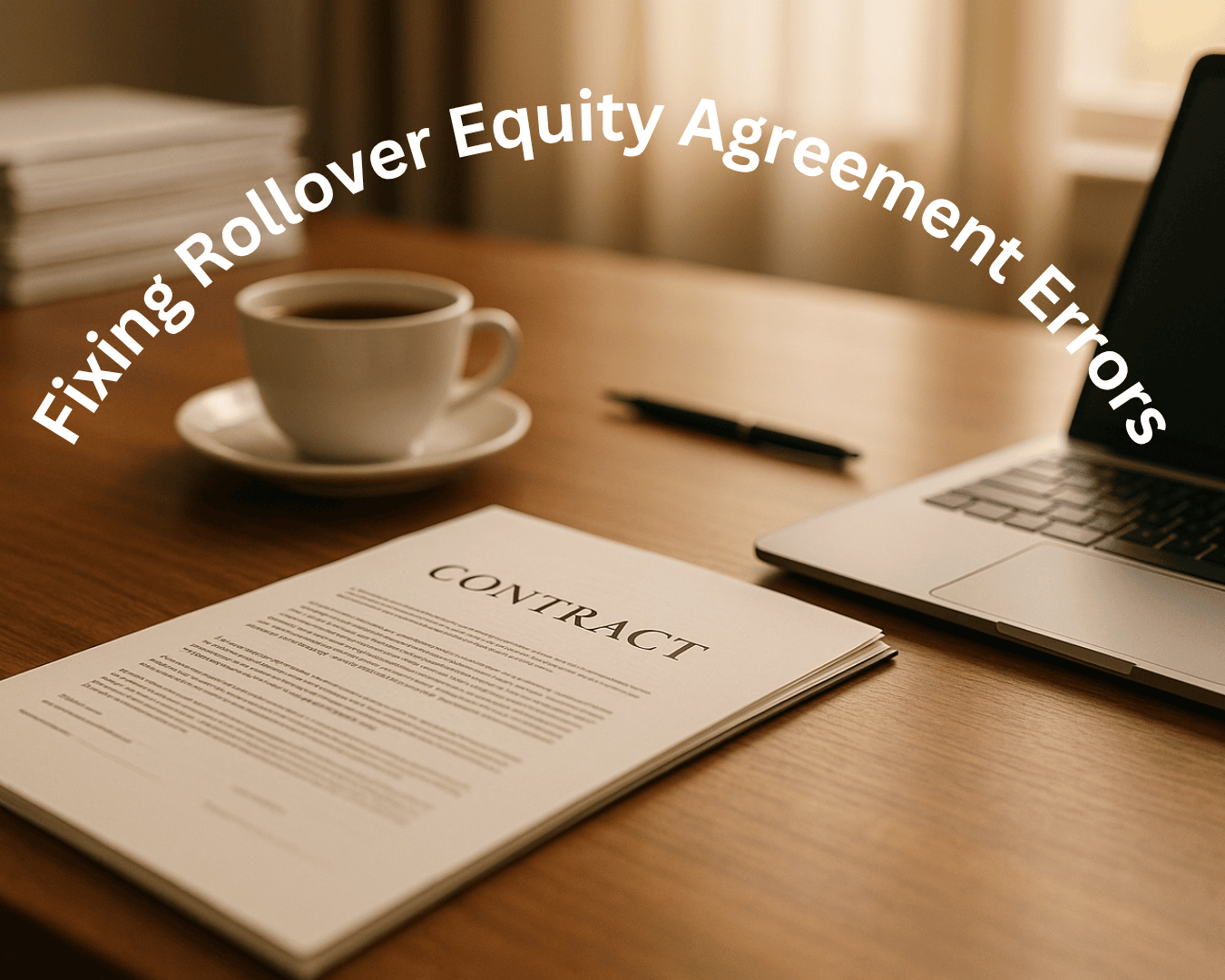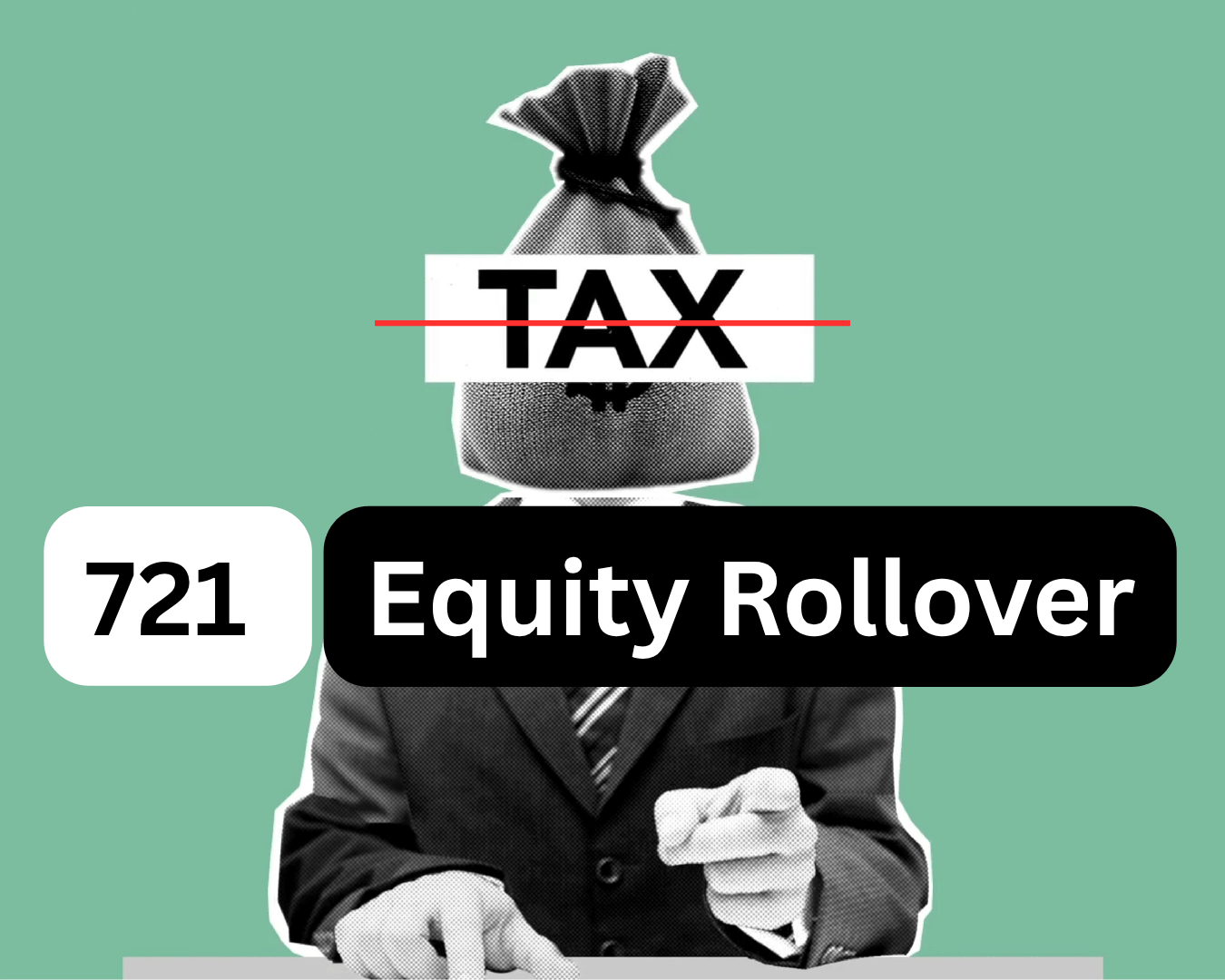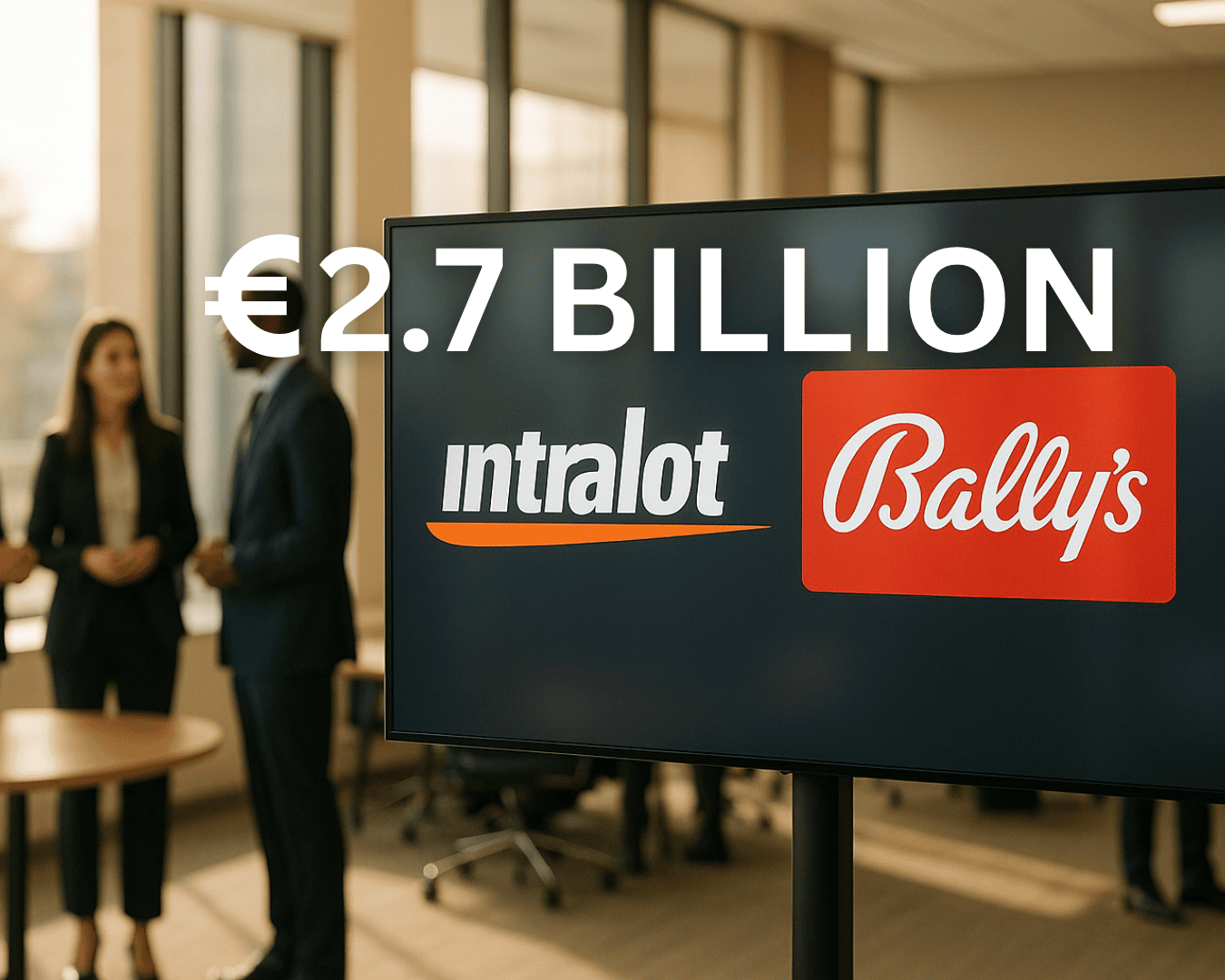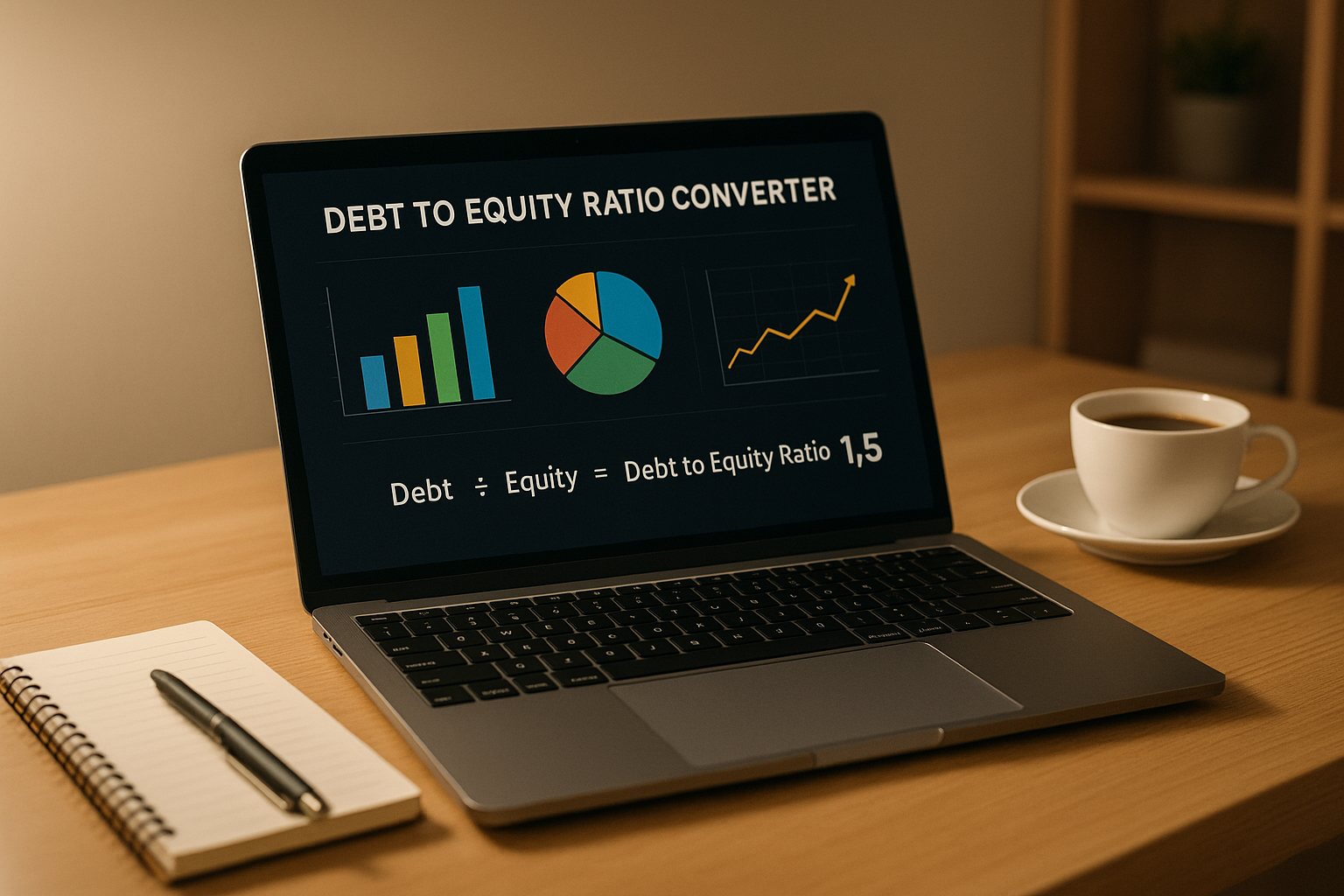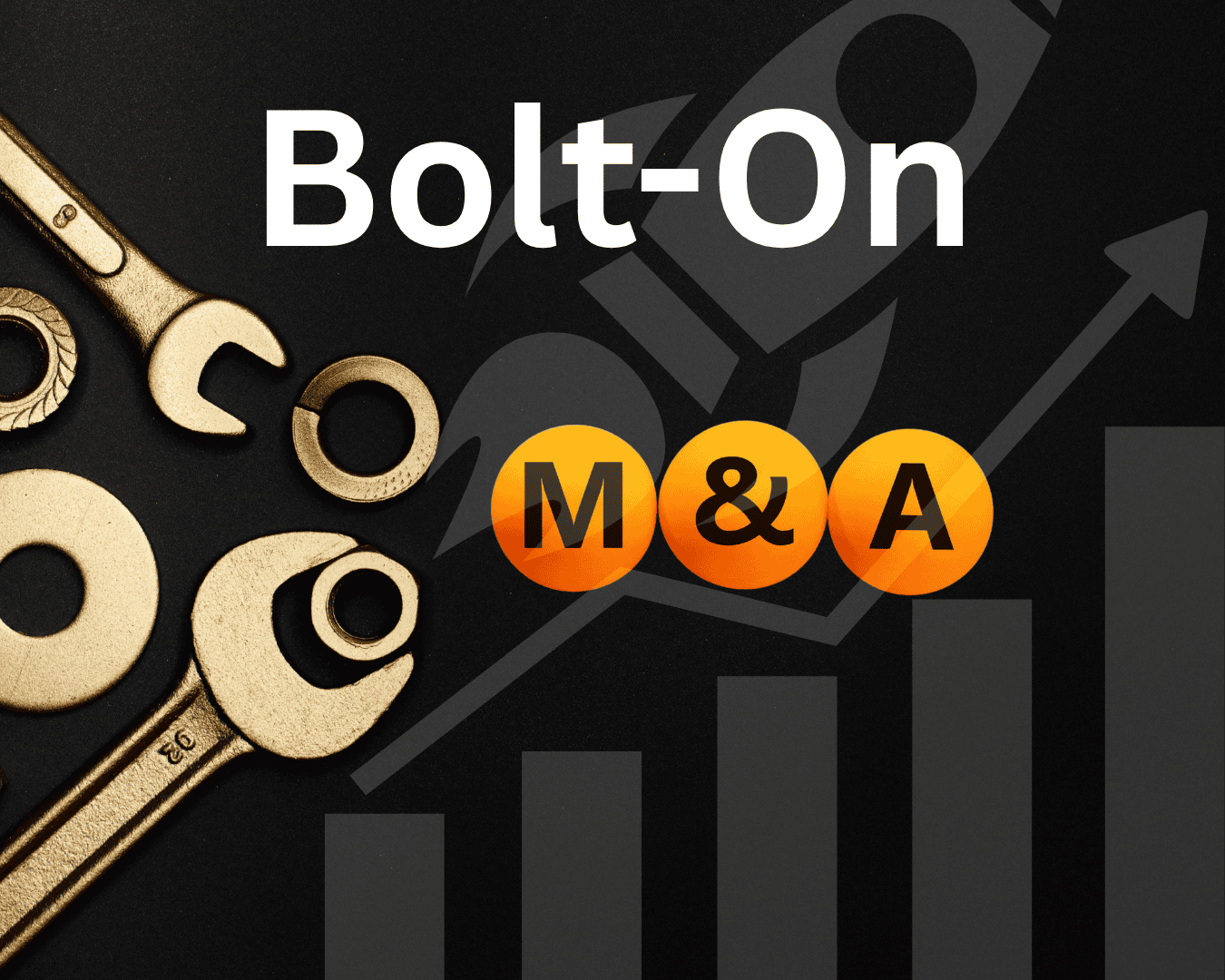For most Main Street entrepreneurs, the early stages of building a business are marked by hustle, grit, and a heavy dose of bootstrapping. You launch with savings, maybe an SBA loan, and grind your way to profitability. If you’re lucky — or skilled — you build a seven-figure business that supports your family and your team.
But what happens when your ambition outpaces your bank account? What if the next chapter of your business story requires more than cash flow and cleverness — what if it requires capital?
Welcome to the world of growth-stage equity.
This isn’t about chasing venture capital or selling out to Wall Street. This is about Main Street business owners raising smart capital to fund the next phase of growth — without sacrificing their values, control, or long-term vision.
In this deep-dive, we’ll cover:
- When growth equity makes sense
- Why it’s worth considering (and when it’s not)
- How to raise equity without giving away the farm
- The compliance and legal framework every owner must understand
- The right partners, tools, and strategies to execute
- Real-world examples and tactical resources
🕰️ WHEN Should You Raise Growth Equity?
Timing is everything. Raise too early, and you dilute your company before it’s worth investing in. Raise too late, and you risk missing your window for scale or letting competitors beat you to market.
So when should a Main Street business consider raising outside equity?
1. You’ve Outgrown Organic Growth
You’re generating healthy profits, but every dollar gets reinvested into working capital, inventory, or payroll. You’re barely keeping up with demand, let alone growing aggressively. You know what needs to happen next — a second location, a new product line, a geographic expansion — but can’t fund it internally.
2. Debt Alone Isn’t Enough
You’ve already tapped SBA, equipment loans, or LOCs. Or, you’re hesitant to personally guarantee another $1 million to chase the next phase. Equity becomes the logical alternative — especially when growth opportunities carry risk or require patience before they pay off.
3. You’ve Proven Something Scalable
Equity investors are looking for a return. Not a business that might work — one that already does. If you’ve proven your business model, have repeatable systems, and just need capital to scale faster, that’s a good signal for equity.
4. You’re Facing a Strategic Inflection Point
Examples:
- Partner buyout
- Vertical integration (e.g., a general contractor acquiring a millworks supplier)
- Acquiring a competitor
- Building technology or proprietary systems
- Entering a new, high-potential market
These are big bets — not easily financed with debt alone — but they unlock serious long-term upside.
🧠 WHY Raise Equity? (And When You Shouldn’t)
Equity capital is a powerful tool — but it’s not free. You’re selling a piece of your future. Before you raise it, you need to know your why.
✅ Reasons to Raise:
- Acceleration: Equity allows you to move faster — hire better, invest in systems, pursue M&A, or capture market share before others do.
- De-risking: Equity doesn’t require monthly payments like debt. If your cash flow is uneven or seasonal, equity can preserve runway.
- Strategic partnership: A good investor brings more than money — think expertise, networks, and even deal flow.
- Exit readiness: Bringing in equity partners now may professionalize your business and pave the way for a future strategic sale or roll-up.
-
❌ Reasons Not to Raise:
- You’re just trying to stay afloat. Equity isn’t a Band-Aid for poor cash flow or declining sales.
- You’re unclear on how the capital will create ROI.
- You’re not ready to be transparent, report regularly, or share decision-making.
- You can still scale organically or with safer debt.
Pro tip: Equity should fund opportunity, not survival.
🧭 HOW to Raise Equity (Without Losing Control or Your Mind)
Raising equity is part art, part science. Here’s the roadmap Main Street businesses should follow:
1. Build a Foundation First
Before you even pitch an investor:
- Clean financials (ideally accrual-based, CPA-reviewed or audited)
- Operating dashboards (KPIs, customer metrics, margins)
- A defensible growth plan with clear use of funds
- An internal team or leadership bench beyond just you
- Legal clean-up: cap table, contracts, ownership agreements
2. Craft the Right Capital Stack
Ask yourself:
- How much capital do you actually need? Overraise, and you dilute yourself unnecessarily. Underrate, and you risk falling short.
- What portion can be debt vs equity?
- Could you structure part as preferred equity or revenue-based financing?
Build a pro forma that models:
- Use of funds
- Impact on EBITDA and margins
- IRR for investors
- Ownership post-raise
3. Structure Terms That Protect You
Don’t just say “I’ll give up 20%.” That’s dangerous thinking. Instead:
- Decide on a valuation based on trailing 12 months EBITDA, growth rate, and future projections.
- Use preferred equity with negotiated rights (e.g., liquidation preferences, conversion rights).
- Retain voting control when possible (common stock split from preferred).
- Include drag-along, tag-along, or buy-sell provisions if needed.
- Protect founder interests via vesting, salary guarantees, and founder liquidity if appropriate.
4. Choose the Right Equity Partner
Look beyond the check size.
✅ Are they aligned with your time horizon and values?
✅ Have they worked with businesses like yours?
✅ Can they open doors — to talent, customers, lenders, acquirers?
Red flags:
- Passive investors in active businesses
- Misalignment on exit timing
- Unclear fund mandates
- Predatory terms masked by friendly conversations
🧾 Compliance, Legal, and Securities Considerations
Raising equity means offering securities. That triggers real legal responsibilities under SEC regulations.
⚖️ You’ll need:
- A Private Placement Memorandum (PPM) or investor deck outlining risks
- A Subscription Agreement and Operating Agreement or Shareholder Agreement
- To file under Reg D exemptions (typically 506(b) or 506(c))
- Accredited investor verification (if you’re publicly soliciting)
- Blue Sky filings in each state where investors reside
- Clear disclosures of use of funds, ownership changes, and control provisions
This isn’t “just paperwork.” It’s foundational protection for both parties.
Partner with a securities attorney who understands closely-held, small-cap businesses — not just startups or large PE deals.
🔧 Tools, Platforms, and Professional Partners
If you’re serious about raising equity, these are your allies:
🛠 Tools:
- Carta: For managing your cap table, investor shares, and equity modeling
- DocSend: To securely share investor decks and track engagement
- LivePlan / Fathom / Jirav: For building pro formas and dashboards
- QuickBooks + Bookkeeper360: Clean up your books before you raise
🤝 People:
- M&A or capital raise attorney: Preferably one experienced in Main Street or lower middle market
- Fractional CFO: To build financial models and represent you to investors
- Securities-compliant Broker-Dealer: Required if you plan to raise equity for others or advertise your raise broadly
- Equity Raise Consultant or Banker: Only if the raise is large or strategic enough to justify fees
📈 Platforms:
- Clearly Acquired: Deal sourcing, lender matching, capital raise pipeline
- Clearly Acquired For local/regulation crowdfunding
- Clearly Acquired: Discovery and outreach to investors
- Private investor groups: Vistage, EO, family offices, LinkedIn investor networks
📘 Case Studies & Examples
Case 1: Multi-Location Gym Raising $1.5M to Expand
- Uses: Build second location, hire sales team, launch app
- Capital Stack: $800k equity (preferred stock), $700k SBA 7(a)
- Terms: 3x participating preferred, 20% equity, 5-year target exit
- Investor Value Add: Franchise expertise, vendor discounts, introductions to equipment suppliers
Case 2: Blue-Collar Services Company Acquiring a Competitor
- Uses: Buy a local rival with $3M in revenue
- Stack: $1M equity raise, $2M SBA acquisition loan
- Terms: Convertible preferred, 15% equity stake, board seat
- Outcome: Doubled profits in 12 months and positioned for regional roll-up
🧭 Final Thought: Equity Is a Tool, Not a Goal
Too many founders treat raising capital as the finish line. But smart business owners know it’s just a tool — one of many in your arsenal.
Growth equity is for those ready to bet on themselves, to bring in the right partners, and to take Main Street seriously — as a place worthy of capital, strategy, and scale.
Because the next generation of industry leaders won’t come from Silicon Valley.
They’ll come from the strip mall, the jobsite, and the shop floor.
They’ll come from you.
📎 Resources to Dig Deeper
- SEC Capital Formation Hub: https://www.sec.gov/smallbusiness


.png)
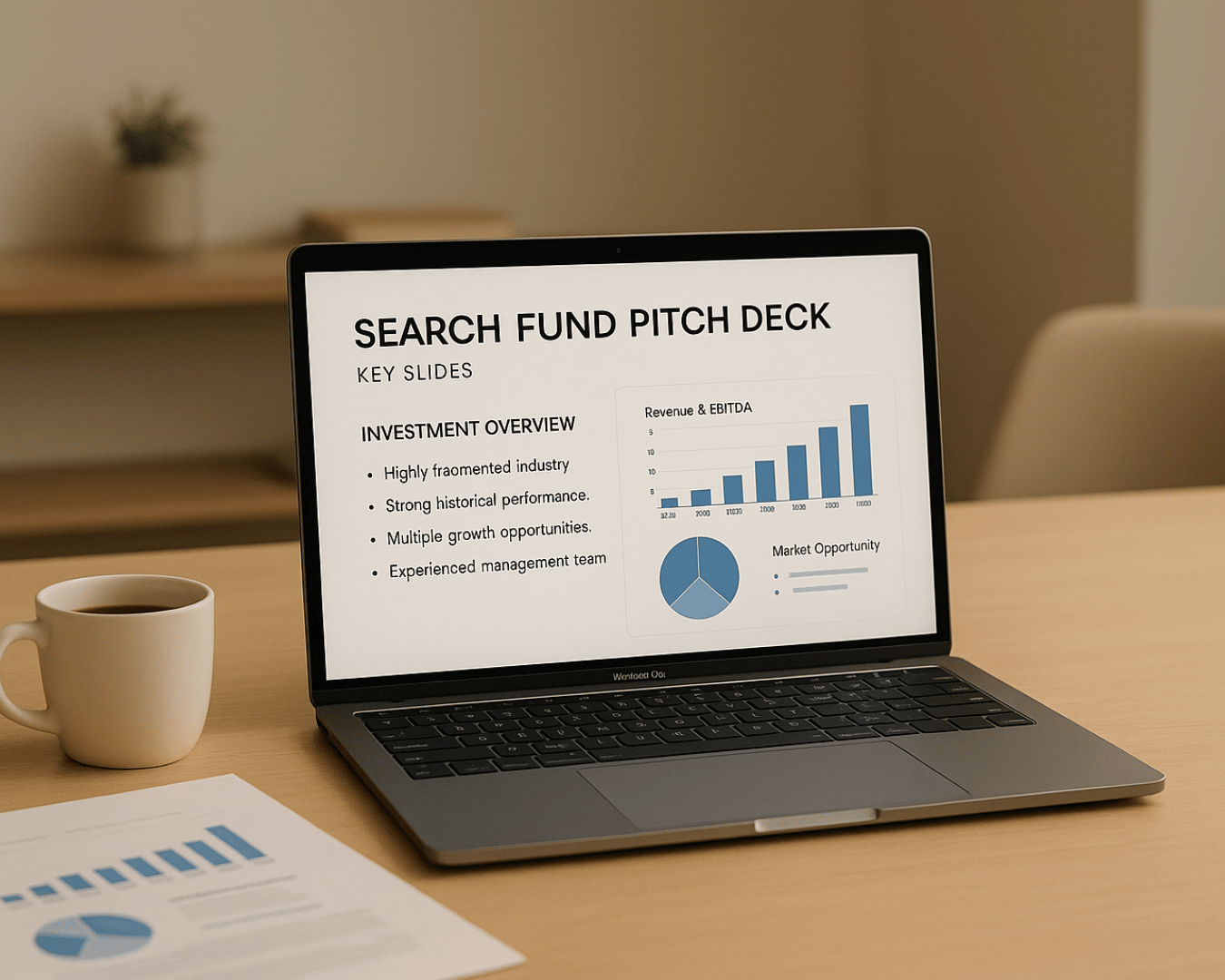






































.png)




























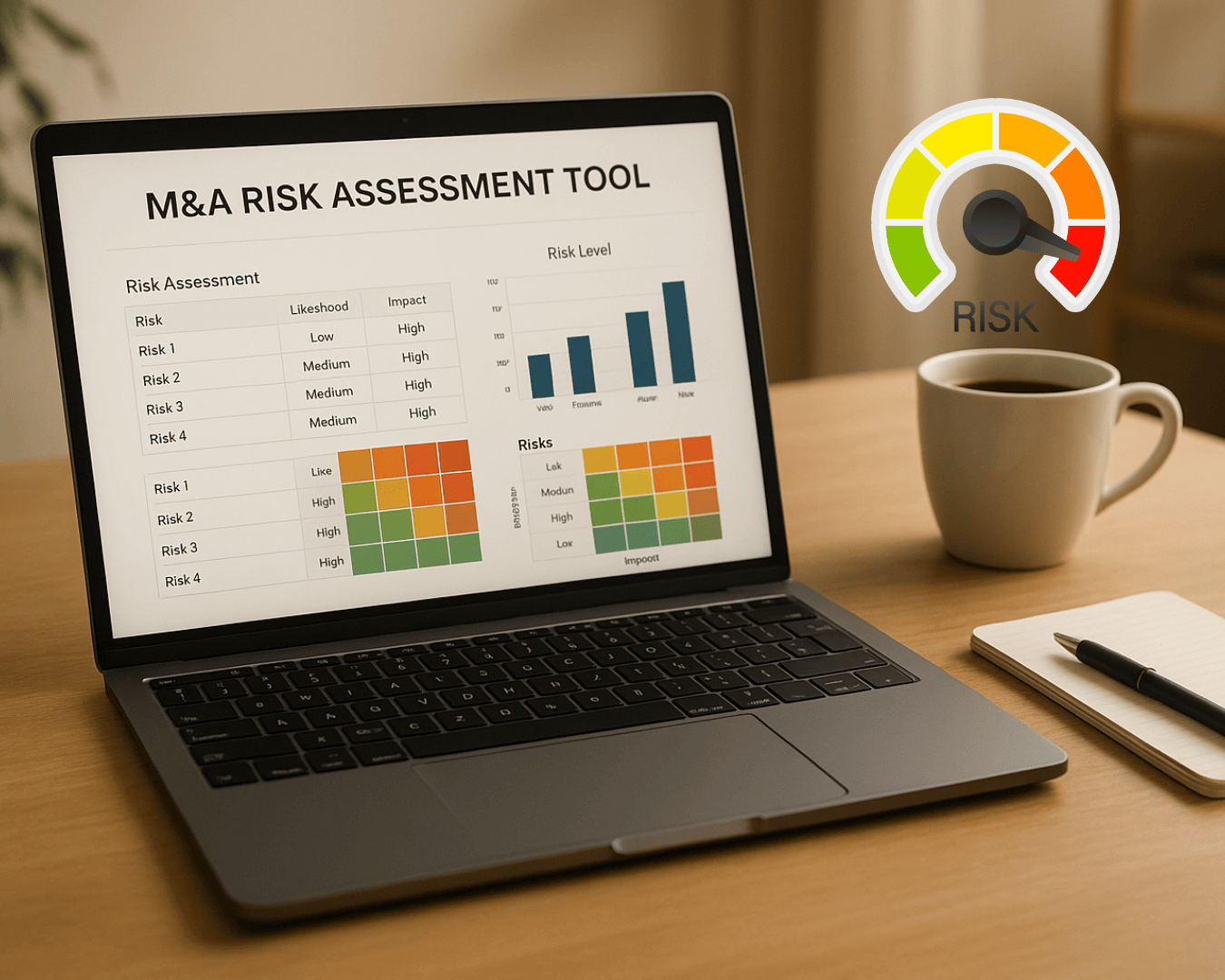











%20Loan%20Application%20Checklist.png)
